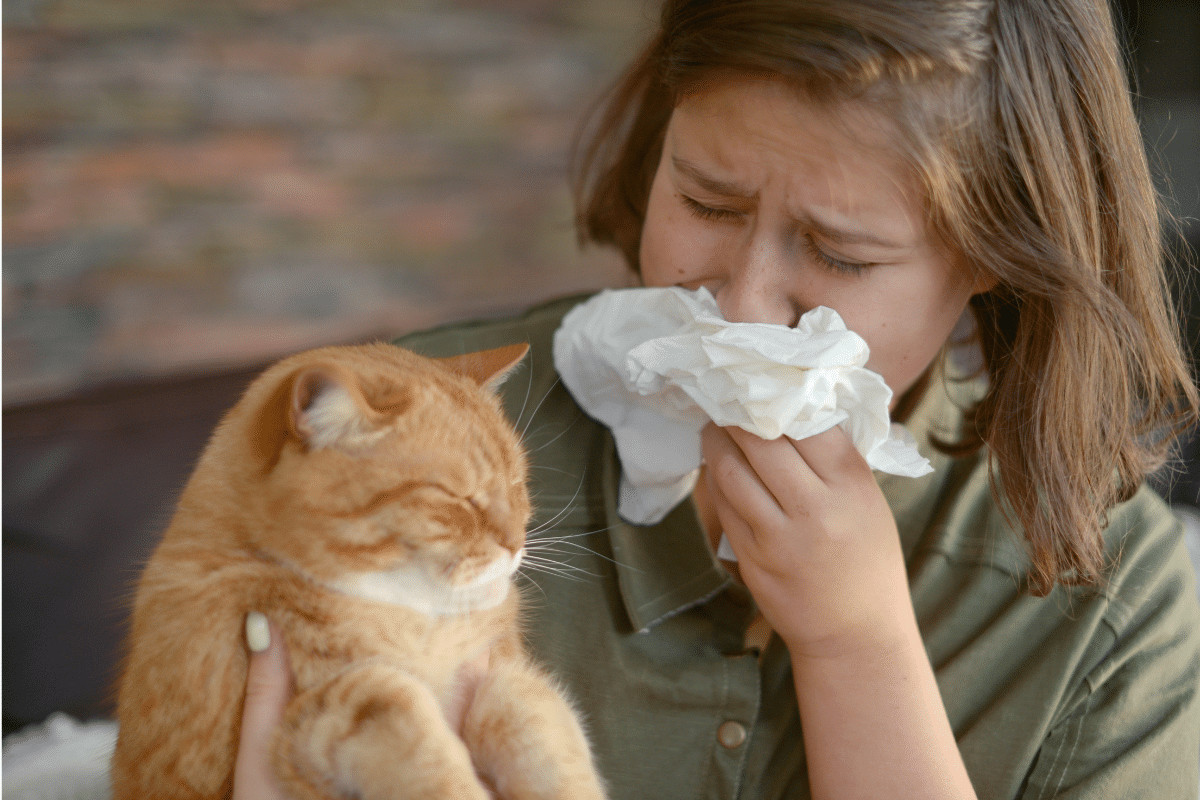Keen to get a cat but suffer from allergies? Hypoallergenic cats may be the solution. There’s no doubt that cats are popular with us Brits. According to a recent study by Cats Protection, 1 in 4 homes has a furry feline ruling the roost. Cats, in all their haughty glory, are a source of joy and make excellent companions for people suffering from anxiety, loneliness and depression. But 1 in 10 people suffer from pet allergies, according to recent research. So what’s an allergy sufferer desperate for a cat to do? Carry on reading, because we may just have the answer!
What Causes Cat Allergies?
Contrary to popular belief, it isn’t a cat’s fur that causes those all too familiar allergic reactions.
The culprit is in fact a protein known as Fel d1 and Fel d4 which is found in all cats’ saliva, sebaceous glands and dander. When a cat grooms itself or sheds loose hair, this allergy-causing protein is spread via the saliva and skin to the fur and loose skin.
Because of its minuscule size, the protein is difficult to eradicate and lingers in the air for hours, sticking to upholstery, furniture and even a cat owner’s clothes.
This means that someone who’s allergic to cats could experience an allergic reaction without even coming into contact with a cat.
What Are Common Cat Allergy Symptoms?
If you suffer from cat allergies, you won’t need us to tell you what the symptoms are. However, if you’re new to cats or have a family member you’re worried about, the most common allergic reactions include:
- a runny nose
- red, swollen or itchy eyes
- sneezing
- skin irritations (redness, rash, hives)
- coughing or wheezing
- asthma
In severe cases, an allergy sufferer could experience anaphylaxis, but this is rare.
Do Hypoallergenic Cats Exist?
As mentioned, the protein Fel d1 and Fel d4 are found in all cats, which begs the question: do hypoallergenic cats actually exist?
Unfortunately, there is no such thing as a completely non-allergenic cat, but some breeds do produce fewer allergens. It’s also believed that female cats produce less than males, and neutered males produce 3 to 5 times less Fel d1 and Fel d4 than intact males.
Excited to find out which feline friend may trigger fewer allergies?
Take a look at our list of the 11 best hypoallergenic breeds recommended for people who are allergic to cats.
11 Hypoallergenic Cat Breeds For People Who Are Allergic But Love Felines
Now that you know it’s not its fur that causes an allergic reaction, but rather a protein found in a cat’s saliva, its skin and dander, it’s time to figure out which breed would be best for you.
Here’s our list of the best hypoallergenic cat breeds.
1. Hairless Sphynx Cats

It shouldn’t come as a surprise to see that number 1 on our list for cat allergy sufferers is the Hairless Sphynx. Because it doesn’t have much of a coat, this popular hypoallergenic breed doesn’t tend to groom itself as much or as often as other breeds.
2. Balinese Cats
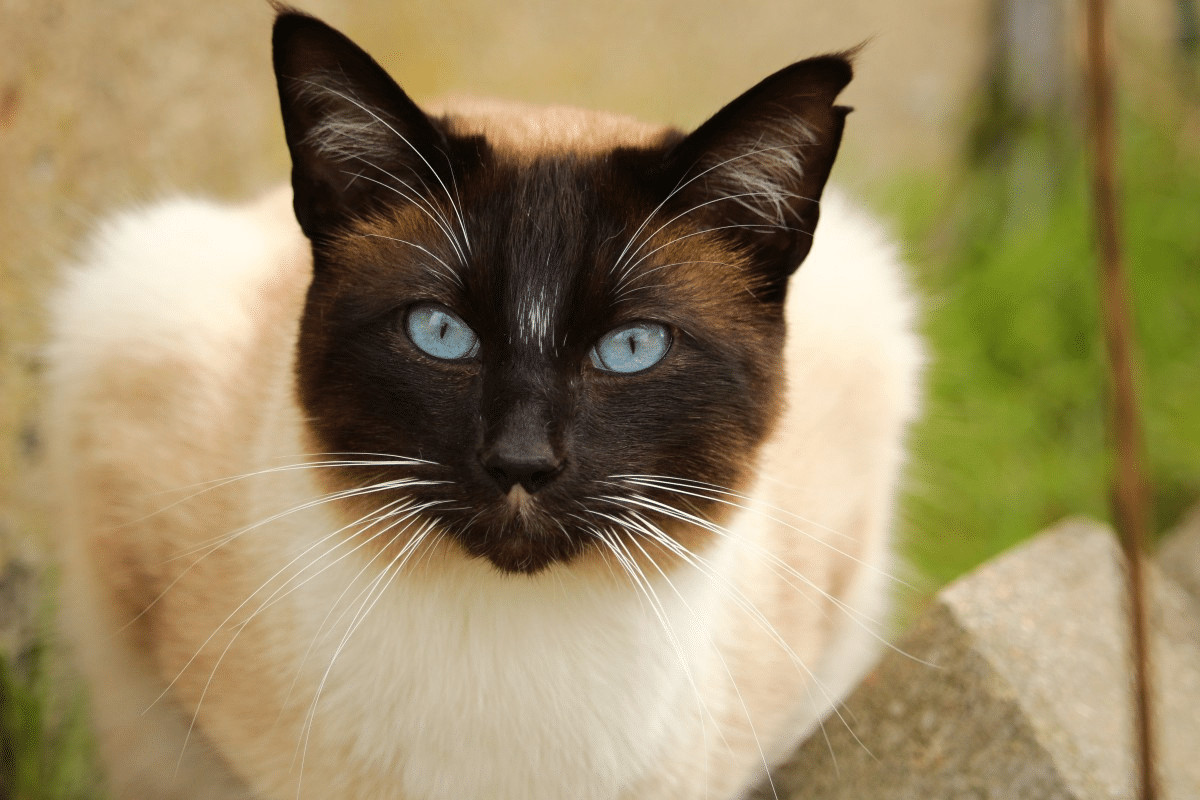
Looks are definitely deceiving when it comes to the beautiful Balinese. Often referred to as the “longhaired Siamese”, the Balinese is an excellent option. Not only does it shed less than other breeds, but it also produces less Fel d1, the allergy-causing protein found in a cat’s saliva, on its skin and in its sebaceous glands.
3. Siamese Cats
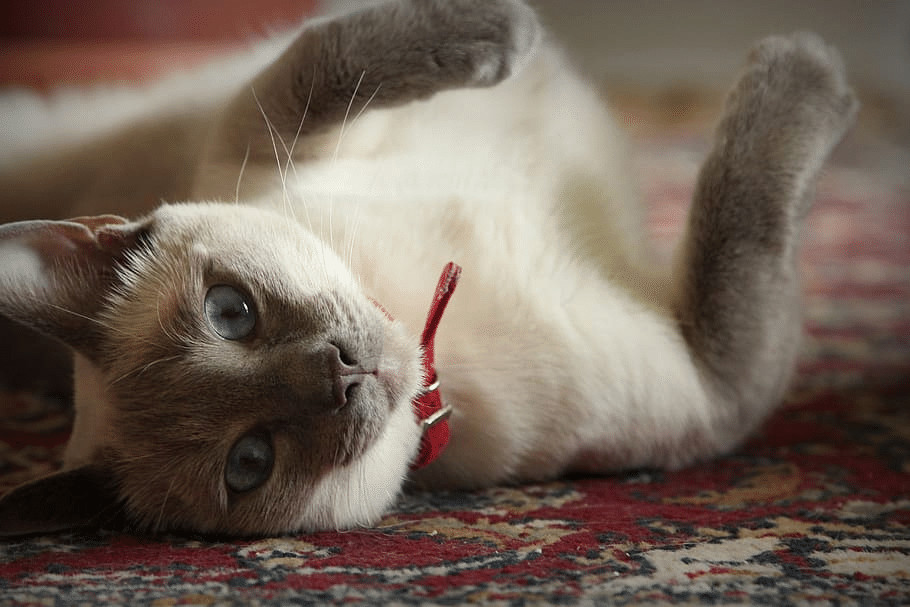
Not only do Siamese cats have oodles of personality, but they’re also considered one of the most talkative cat breeds around. Because of their shorter fur, these cats don’t shed a lot, which makes them the ideal cats for people with allergies.
4. Bengal Cats
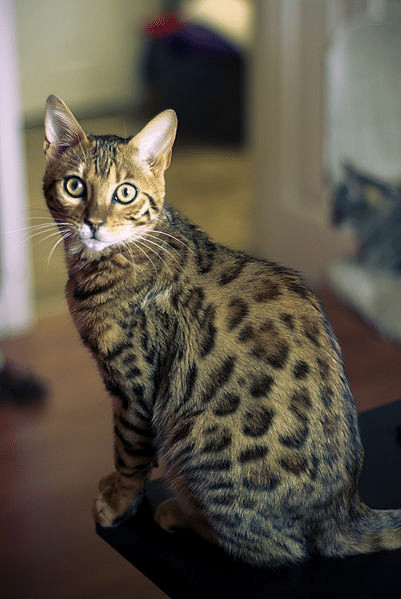
One of the best cats for allergy sufferers is the Bengal because it produces fewer allergy-causing proteins and doesn’t groom as often, or as much, as other cats. With markings as unique as its personality, this gorgeous breed loves to spend time with its humans but also enjoys exploring and being active.
5. Ocicat

If you like the idea of an exotic looking cat, then the Ocicat may just be the breed for you. Similar looking to the Bengal, the Ocicat is a distant cousin of the Siamese. Not only are they incredibly intelligent, but their very fine coats make them the perfect cats for allergy sufferers.
6. Siberian Cat

Some long haired cats can be hypoallergenic too. Like the Balinese, Siberian cats produce less Fel d1 and 4, reducing allergies. If you’re after a cat that thinks it’s a dog in terms of loyalty and companionship, this may just be the breed for you.
7. Cornish Rex Cats
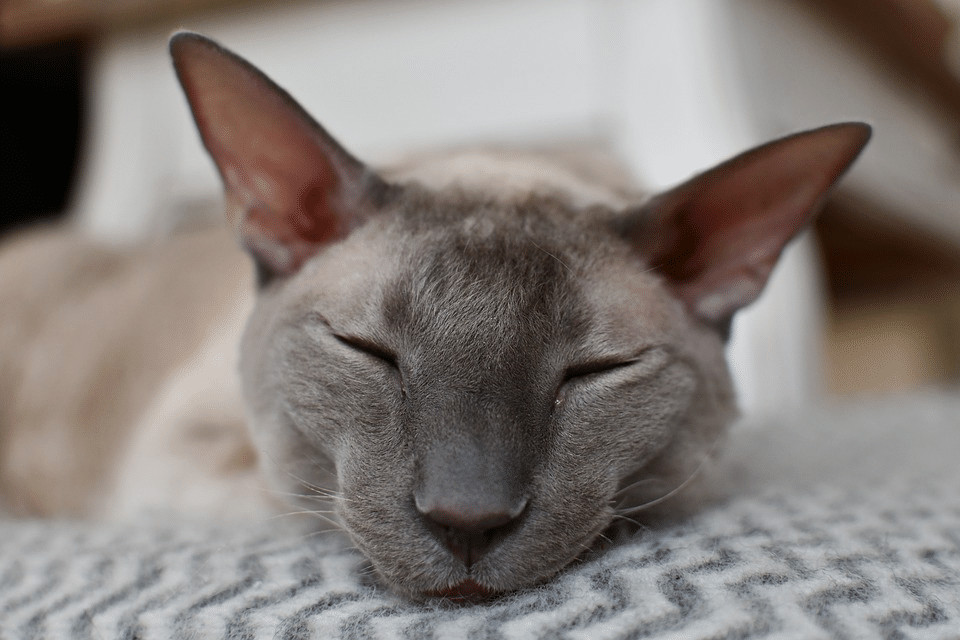
The attention-seeking Cornish Rex is considered hypoallergenic because of its fine coat. It also sheds less dander than a long haired cat or one with a dense double coat. This breed is not only a beauty, it has the brains to match.
6. Devon Rex Cats
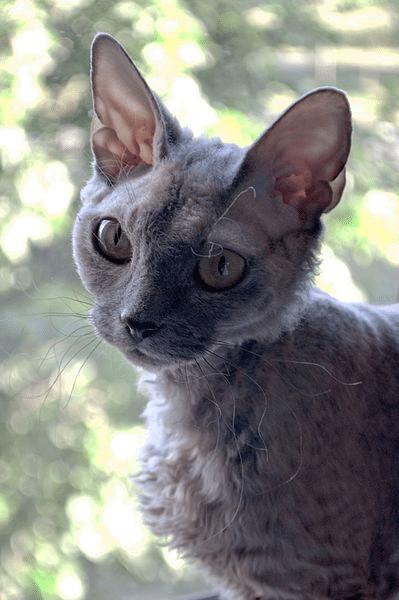
Curious, to the point of being nosey, the Devon Rex, like the Cornish Rex, sheds less than some other cats. For allergy sufferers, this means there’s less dander in the home, which reduces the most common allergies.
7. Selkirk Rex Cats

If you prefer a cat that’s a little more “hypo” than “hyper”, you may want to take a look at the Selkirk Rex. Although its coat is slightly longer than the Cornish Rex and Devon Rex, this is one of the breeds that produce less dander. This curly cutie is as happy relaxing on the sofa, as it is chasing a ball of string.
8. Oriental Shorthairs

Like the other breeds mentioned on our list, the Oriental Shorthair sheds less than non-hypoallergenic breeds and has a short, fine coat. They’re described as chatty and charming and make awesome companions for families, couples or people living on their own. And best of all, it’s hypoallergenic.
9. Javanese Cats

Like most cats that are considered hypoallergenic, Javanese cats don’t have an undercoat, and as a result, don’t shed an awful lot. Similar to the Siamese and Oriental Shorthair in personality, this breed also enjoys being a part of the family.
11. Russian Blue Cats

Russian Blues are sweet-tempered and loyal, love being a part of the family, and are extremely intelligent. Their short, low-shedding, shimmering coats can only be described as magnificent and of course, they’re a good option for people with mild allergies.
How To Minimise Allergic Reactions To Your Cat
So, we’ve established that there’s no such thing as a hypoallergenic cat, but some breeds produce less Fel d1 and Fel d4, the allergy-causing protein. This allergen is typically found in cat saliva, which is spread to the fur coat and dander when a cat grooms itself.
Tip – Cat breeds to avoid for people with mild and severe allergies include Persian cats, the Maine Coon, Himalayan cats, British Longhairs and Norwegian Forest Cats!
For mild allergy sufferers, there are also things you can do around the house to help minimise your, or a family member’s allergic reactions.
5 Tips On How To Reduce Allergies Around Your Cat
1. Get an outdoor cat shelter
It’s a good idea to get a cat house or shelter if your kitty likes spending time outside. Rather than looking for shade in grassy patches or underneath potential allergy-causing shrubs, your cat will have a clean, safe spot to relax out of the sun or cold weather.
2. Bath and bush your cat
Bathing your cat regularly will also reduce allergies. Outdoor cats especially may pick up other allergens on their coat, including dust, grass and pollen, which will trigger one or more allergies.
Even indoor cats will need the occasional bath to get rid of saliva, excess oil buildup on their skin, as well as other allergens, such as dust or even cat litter.
Nervous about giving your cat a bath? Find out how to wash an outdoor (or indoor) cat here!
Cats are fastidious self-groomers, which for the most part is a good thing. However, for an allergy sufferer, this can be an absolute nightmare. Regular brushing gets rid of loose fur and dander and helps establish a strong bond with your furry feline.
Tip – To reduce allergens in the air, it’s a good idea to do brush your cat outside!
3. Keep a clean house
If you have a cat (or dog), and you battle with allergies, it’s important that you vacuum your home regularly, including the upholstery and furniture. Wash your, and your cat’s bedding weekly, along with toys and other accessories that may collect dander.
Tip – Don’t forget the litter box! For a lot of allergy sufferers, kitty litter is a trigger!
4. Cat-free zone
Try and keep your bedroom a cat-free zone. Reducing the amount of loose hair and dander you come into contact with, will help reduce your allergy symptoms.
5. Wash your hands
If COVID-19 has taught us anything, it’s the importance of hygiene. Washing your hands after you’ve been playing with your cat is a simple way of reducing allergic reactions. And as difficult as it may be, don’t let your cat lick your face.
Remember, every allergy sufferer is as unique as the cats on our list. Before you decide to bring a cat home, it’s a good idea to spend some time with it. This way you’ll be able to how you do allergy-wise.
We really hope you found this article useful!




